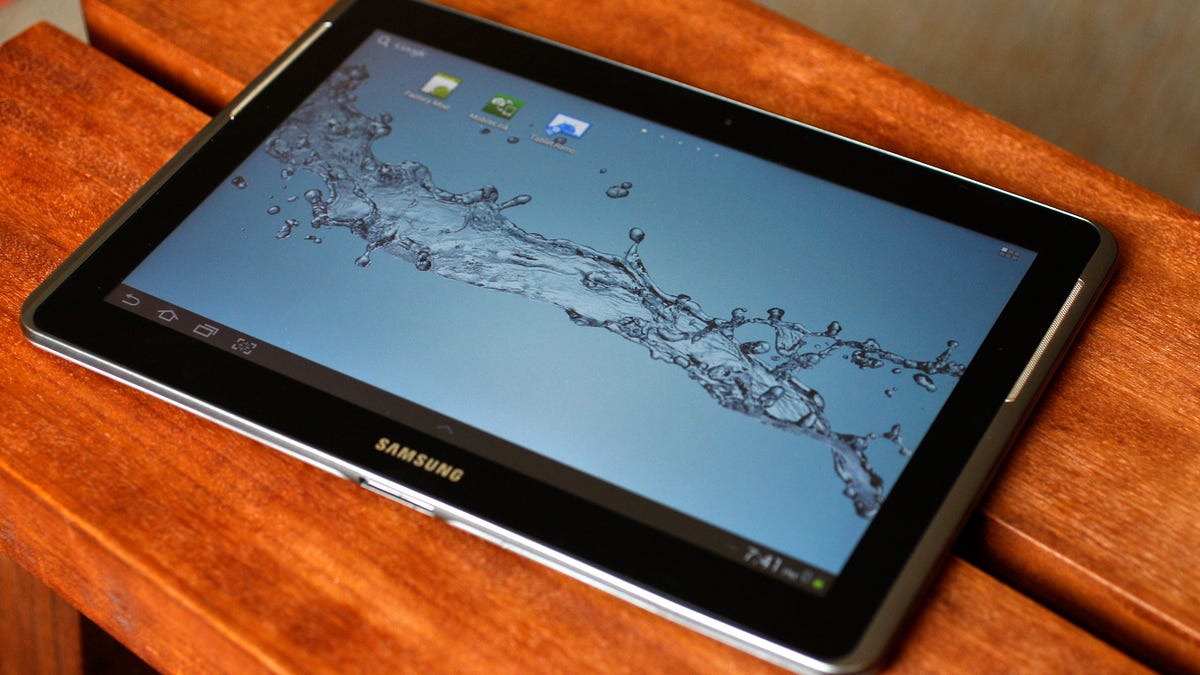
Understanding Mid-Range Android Tablets
Mid-range Android tablets strike a balance between performance, price, and features. These devices provide robust functionality without a hefty price tag. Key features typically include:
- Performance Boost: Enhanced battery life, processing speed, and multitasking capabilities.
- Display Quality: Sharper visuals and better color accuracy for videos, books, and graphic-intensive activities.
- Customizable Settings: Options to personalize display settings, notification preferences, and more.
What You Need for Compatibility
Ensure your device supports the latest features and runs smoothly by checking these requirements:
Operating System
Your tablet must run Android 9.0 (Pie) or higher. Older versions may not support the latest updates, posing security risks and limiting functionality.
Processor
A quad-core processor or better is necessary for optimal performance. Dual-core processors may struggle with demanding tasks and multitasking.
RAM
At least 3GB of RAM is required for smooth multitasking and better performance. More RAM ensures handling multiple apps simultaneously without lagging.
Storage
Ensure a minimum of 32GB of internal storage. Some features and apps require significant space, so having enough storage capacity is crucial.
Screen Resolution
A resolution of 1920×1080 pixels or higher is recommended for clear and sharp visuals. Lower resolutions may affect your overall user experience.
Battery Life
A battery capacity of 5000mAh or more is ideal for extended usage times. LTE connectivity can drain the battery quickly, so a larger capacity helps ensure all-day use.
Connectivity
Your device should support Wi-Fi 802.11ac and Bluetooth 5.0 for faster and more reliable connections.
Sensors
Ensure your tablet has a gyroscope, accelerometer, and GPS. These sensors are crucial for navigation, gaming, and fitness tracking.
Camera
A rear camera of at least 8MP and a front camera of 5MP are necessary for decent camera quality.
Software Updates
Make sure your device receives regular security updates. This keeps your tablet secure and compatible with new features.
Key Factors to Consider When Buying an Android Tablet
Several factors ensure you get the best device for your needs:
Display Quality
High-resolution displays with vibrant colors and clear visuals are essential, especially for watching videos or reading books.
Performance
A powerful processor and sufficient RAM are crucial for handling demanding tasks like video editing or gaming.
Storage Capacity
Ensure enough internal storage or support for expandable storage options like microSD cards.
Battery Life
Look for a tablet with a large battery capacity that can last throughout the day without needing to recharge.
Connectivity Options
Ensure the tablet supports LTE connectivity along with essential features like Wi-Fi and Bluetooth.
Camera Quality
Decent camera specifications are important for social media, photography, and video conferencing.
Build Quality and Design
Look for a device that feels good in your hands and can withstand daily use without compromising durability.
Price
Mid-range tablets often offer excellent value by providing robust features at an affordable price.
Top Mid-Range Android Tablets
Consider these top mid-range Android tablets:
Samsung Galaxy Tab S9 FE
A solid choice in the mid-range segment. Features include an 8,000mAh battery, 6 or 8 GB of RAM, 128 or 256 GB of storage, and microSD card support up to 1TB. Available in various colors like gray, silver, mint, and lavender.
Samsung Galaxy Tab S9+
Ideal for those needing top-tier performance. Equipped with powerful processors and high-resolution displays, perfect for demanding tasks like video editing, graphic design, and gaming.
Budget-Friendly Options
Consider the Galaxy Tab S9 FE 5G or the TAB 8 SE. These tablets offer a good balance of performance and affordability, making them great for students or anyone on a budget.
Portable and Compact Choices
For easy portability, the amiGO Jr. Tab and TAB 8 SE are excellent choices. Their smaller sizes and lightweight designs make them perfect for on-the-go use.
Buying Options and Deals
Several options are available when buying an Android tablet:
Online Purchase and Pickup
Buying online from AT&T is convenient. Browse different models, compare features, and read reviews from home. Opt for in-store pickup to save time and get your device quickly.
Current Deals and Promotions
AT&T frequently offers deals and promotions on Android tablets. These can include discounts, trade-in offers, or bundled accessories. Check their website or visit a store to see current promotions.
Support and Resources
If you encounter issues with your tablet, AT&T offers various support options:
- Troubleshooting Guides: Visit their website for troubleshooting guides and FAQs.
- Customer Service: Access AT&T's customer service for device issues.
Alternatives to AT&T Android Tablets
Consider these alternatives:
Unlocked Android Tablets
Unlocked devices offer greater flexibility with network choice and often come at a lower cost. However, they may lack bundled data plans and varying customer support.
Apple iPads
Apple iPads are known for high build quality and seamless integration with other Apple products. However, they are generally more expensive and limited to the iOS ecosystem.
Amazon Fire Tablets
Amazon Fire Tablets are affordable and good for media consumption. However, they have limited app availability and lower performance compared to other options.
